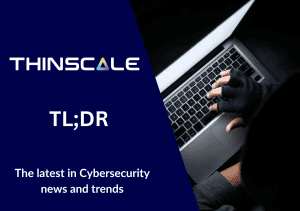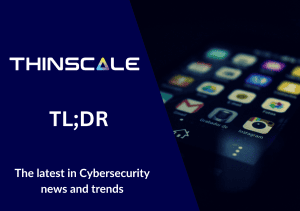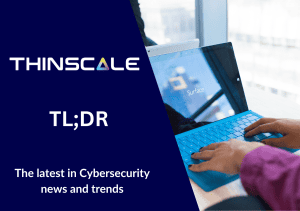IT security has been steadily evolving over the past number of years, though due to recent advancements in tech, potential threats have become numerous. 2025 presents both new challenges and opportunities for IT professionals. As the complexity of threats increases, organizations must stay ahead of the curve to protect their environments.
Some of the major 2025 IT security trends that we believe will be the most important in most enterprise use-cases include:
- AI-Driven Cyber Threats and Defences
- Increased adoption of Zero Trust Architecture (ZTA)
- Strengthening IoT Security
- Adapting to Stricter Regulatory Compliance
- Enhancing Supply Chain Security
1. AI-Driven Cyber Threats and Defences
Artificial Intelligence (AI) is a double-edged sword in cybersecurity. On the one hand, cybercriminals are leveraging AI to craft sophisticated phishing attacks, deploy adaptive malware, and create deepfake identities that bypass traditional detection methods. On the other hand, organizations are integrating AI-driven tools to enhance threat detection and response capabilities. One of the most prevalent examples is machine learning algorithms that can identify anomalies in real-time, enabling quicker responses to potential breaches. Technical teams must prioritize understanding AI-based threats and possibly implement AI-enhanced security systems
2. Increased adoption of Zero Trust Architecture (ZTA)
Zero Trust Architecture (ZTA) continues to gain traction as organizations move away from perimeter-based security models. The “never trust, always verify” principle underpins ZTA, requiring continuous authentication and strict access controls. This model ensures that users and devices are authenticated and authorized at every interaction, which is vital. For example, a good ZTA would help in situations where credentials are leaked, this being one of the more prevalent methods of cyber-attacks. ZTA’s focus on robust identity and access management (IAM) solutions and regularly reviewing and updating access policies can help verify users even with seemingly correct credentials.
3. Strengthening IoT Security
The proliferation of Internet of Things (IoT) devices has exponentially increased the attack surface for cyber threats. Thus, Securing IoT ecosystems is a top priority in 2025. Best practice security in 2025 includes implementing strong authentication protocols, ensuring regular firmware updates, and segmenting networks to limit lateral movement in case of a breach. IT teams must also collaborate with device manufacturers to address security vulnerabilities during development.
4. Adapting to Stricter Regulatory Compliance
Governments worldwide are enacting more stringent cybersecurity regulations to address the rise in cybercrime. These regulations often include mandatory breach reporting, regular security audits, and the implementation of comprehensive security measures. For technical professionals, compliance requires continuous monitoring of regulations and ensuring that their organization’s security practices align with these standards. Tools like compliance management software can simplify this, but the most important thing is to remain aware of changing standards.
5. Enhancing Supply Chain Security
Supply chain attacks are becoming more prevalent, with cybercriminals exploiting vulnerabilities in third-party vendors. Organizations must proactively mitigate these risks by conducting thorough risk assessments, enforcing strict vendor management policies, and requiring third-party partners to adhere to robust security standards. For IT managers, this often involves implementing tools to monitor and assess the security posture of supply chain partners, a vital thing for IT security in 2025, especially for government, manufacturing, and logistics organizations.
Conclusion
These trends really underscore the need for proactive and adaptive strategies to address emerging threats in 2025. By focusing on AI-driven defenses, Zero Trust Architecture, IoT security, regulatory compliance, and supply chain resilience, technical professionals can position their organizations to stay secure in this changing landscape. Staying informed and implementing these strategies will be critical to security and even resilience in the face of these challenges.



